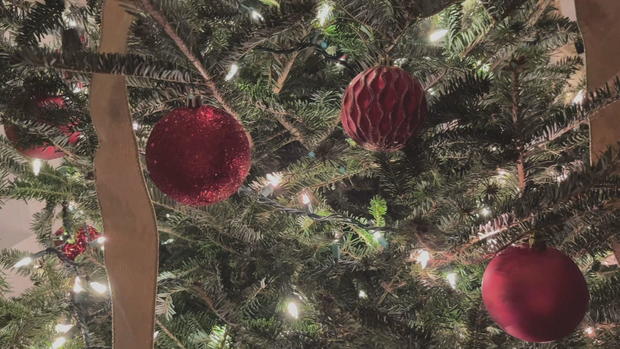Which is better - a real or a fake Christmas tree?
BOSTON - It's an annual debate: real tree or fake tree? And the opinions are certainly split.
"Fake tree," one woman said. "Just easier, and real trees have spiders and stuff."
"Real," said another. "I just think they're prettier, and they smell better."
In the spirit of questioning everything, WBZ-TV sought to find the real answer: Which tree is the greenest - financially and environmentally?
Boston University Questrom School of Business Professor Jay Zagorsky just published an article on the "Christmas Tree Economy" - an industry that brings in an estimated $3 billion nationwide each year.
As far as which is the better choice economically, Zagorsky says, "It's up to individuals to decide."
His research shows a major surge in the popularity of fake trees in the last decade. While overall tree sales have only jumped by about 2 million, sales of artificial trees are up by 9 million.
On the price front: It costs about $25 for retailers to import both a fake and a real tree. When retailers then sell, real trees cost about $80 to $100, while fake trees go for $200 to $400.
If you factor in that the average fake tree is used for about five seasons, that comes out to $60 a year, making fake trees the cheaper option.
But scientists tell WBZ-TV that the money you save might not be worth the negative environmental impact.
"A real tree is more eco-friendly and sustainable because it takes about 10 years to grow a real tree, and during that time is taking carbon dioxide out of the atmosphere and generating nice clean, breathable oxygen," explained Emma Brace, an assistant professor of engineering at Boston College. "If somebody already has an artificial tree, that's totally fine, but a way to make it more sustainable is to just keep re-using it every year as long as you can."
Artificial trees are often made with harmful components. "They are made of petroleum and metal, and then petroleum turns into plastic, so they have a really high carbon footprint while being produced and when they go to landfills, they aren't going to break down or anything. They are just there forever," Brace explained.
In addition, real trees are often purchased at local farms or imported from Canada, meaning their travel time and carbon footprint is less, and they offer an opportunity to support local businesses.
On the other hand, "Over 90% of all artificial trees are made in China, and in particular, they're made in just one city in China," Professor Zagorsky explained. "Right now, there is geopolitical tension between the United States and China. And some people may not want to support the Chinese economy by buying an artificial tree which is probably going to be made in China."
Regardless of your choice - it's all about holiday cheer, right?





